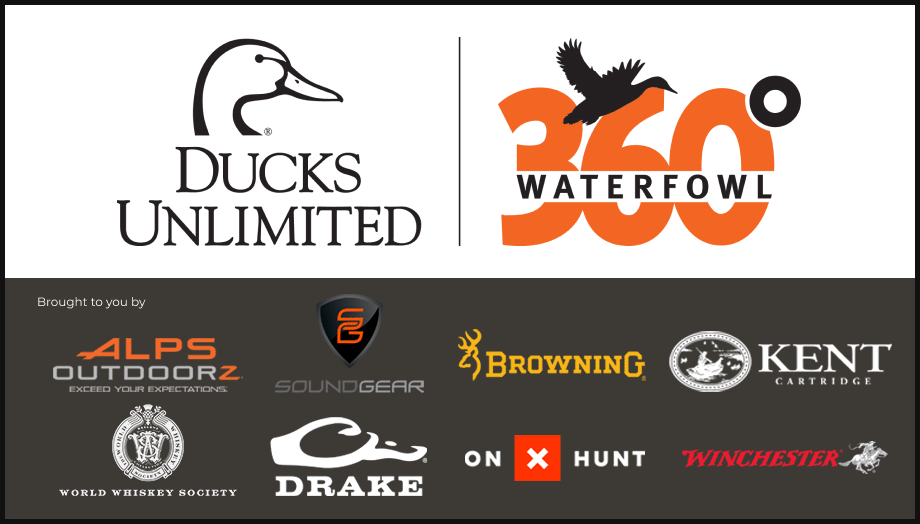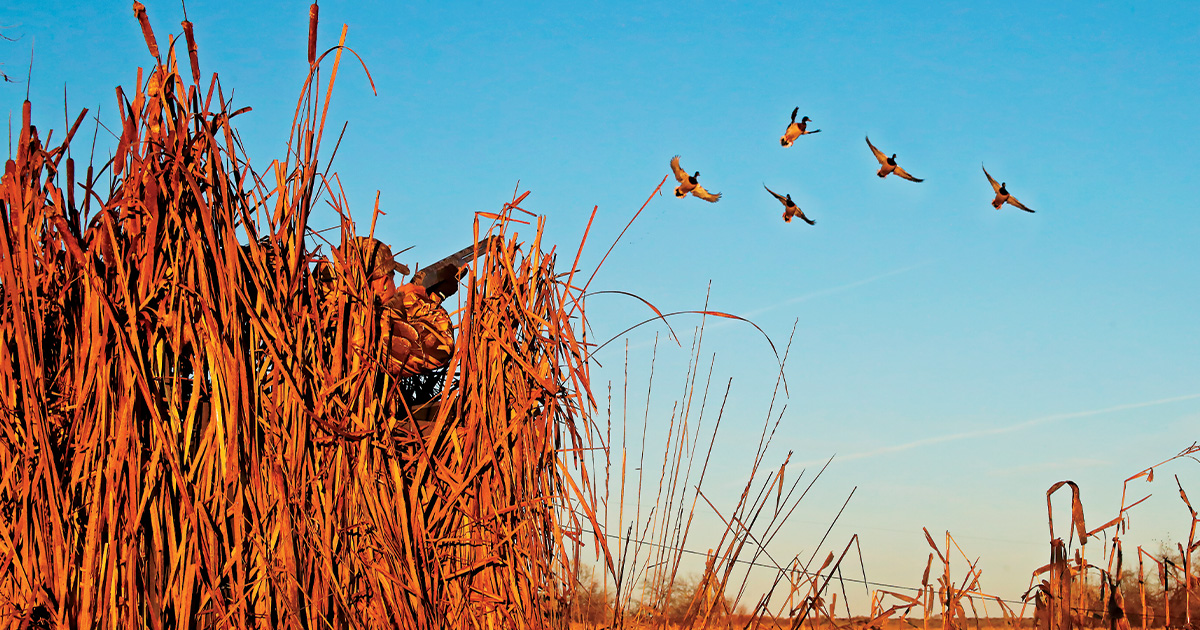Shotgunning: How Far is Too Far?
There are a number of variables to consider before pulling the trigger on a long shot
There are a number of variables to consider before pulling the trigger on a long shot


Beyond ballistics, ethical shooting requires judging range correctly, reading angles, practicing during the off-season, and ensuring that downed birds can be recovered.
Even before Fred Kimble first bored a full choke into an old muzzleloader in the late 1800s, waterfowlers have obsessed about the maximum distance that they can effectively and ethically shoot at ducks and geese. The ballistic answer is that today’s best chokes and premium nontoxic shotshells are capable of killing waterfowl at 50 yards or more. Spend time at the pattern board working up the right choke and load combination, and your gun will perform beyond Kimble’s wildest imaginings, but that’s just one factor in the bigger question: How far is too far?
As a rule of thumb, it takes about 2 1/4 to 2 1/2 inches of penetration in gelatin to reach the vitals of a big goose. By that measure, a load of steel BBs launched at 1,550 fps runs out of adequate energy after 55 yards. Big ducks like mallards are said to require 1 1/2 inches of penetration, making a load of steel 2s effective to about 55 yards as well. But penetration energy is only half the equation. You also need adequate pattern density to ensure enough hits in the vitals. That means your choke and load should put about 60 or more pellets in a 30-inch circle for big geese at your maximum range, and 100 pellets for big ducks.
Your shooting ability is another important consideration. Shooting beyond your maximum competent range risks crippling birds and wastes ammunition. Many self-taught hunters struggle with 30-yard crossing shots. For them, anything outside 30 yards is too far. If that seems too limiting, start at the skeet field, where even though the distances are fairly short, the leads are surprisingly long. From there, graduate to sporting clays, where you’ll find targets and towers for practicing high overhead shots and long crossers. If you can’t break the same target, say, seven times out of 10, it’s too far for you.
Range estimation is as important as being able to shoot. Underestimating range by even five yards on a long shot can risk a crippling hit. Use markers whenever you can. Set a decoy at 40 yards and you’ll know when low birds are shootable. Vertical distances are harder to judge. If there are trees around, remember that a tall tree might be 90 feet high, and 30 yards is not a long shot. Often, overhead birds are closer than you think, although that’s no reason to blaze away if you’re in doubt.
The angle of the shot is another important consideration. On an overhead shot, all of the bird’s vitals are exposed. Likewise, crossers give you a chance of hitting the head and neck. Incomers expose vitals too, but as long as the bird is coming toward you, let it come closer. Quartering-away and flaring birds are less exposed and need to be shot at closer distances. Remember, too, that on a windy day a flaring duck that’s in range when you stand to shoot can be 10 or 15 yards farther away by the time you pull the trigger.
Ducks and geese flying straight away are the lowest-percentage shots. They present a small target in which the vitals are shielded by bone and gizzard. Try not to shoot at going-away birds unless they are inside 30 yards. Location also plays a part in these calculations. It pays to be very conservative in your shot selection when you hunt heavy cover or big water. If you hunt without a retriever, your ethical effective range becomes shorter.
There are days when you either shoot at longer ranges or don’t shoot at all. Practice for those situations and choose your shots as best you can. When a long shot presents itself, think hard before you commit. Shooting disturbs birds working nearby spreads, and gunfire generally puts them on edge, making them less likely to decoy in the future. A crippled or sailed bird means you have to spend time looking, not hunting. And every duck you shoot far away is one you don’t get to see over the decoys.
Ducks Unlimited uses cookies to enhance your browsing experience, optimize site functionality, analyze traffic, and deliver personalized advertising through third parties. By continuing to use this site, you agree to our use of cookies. View Privacy Policy